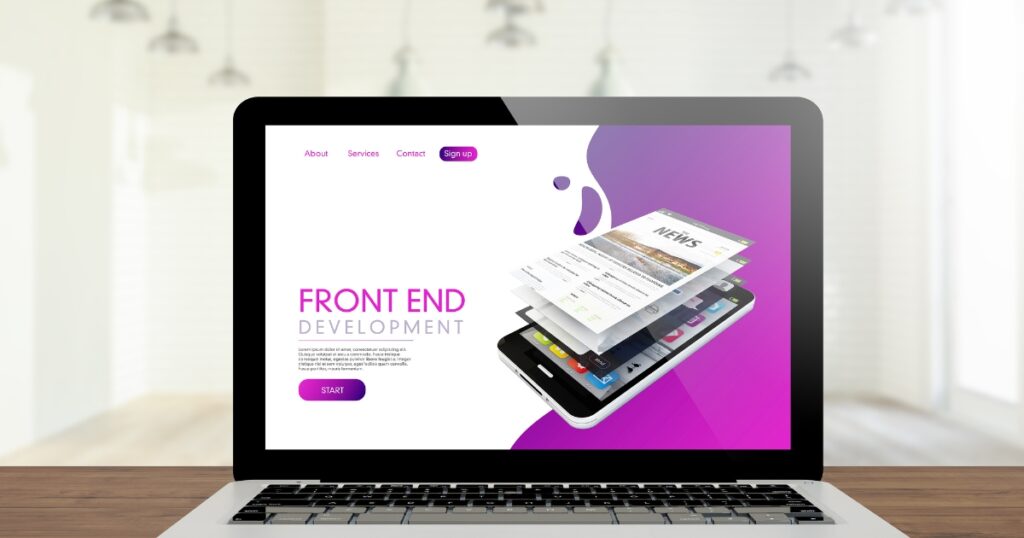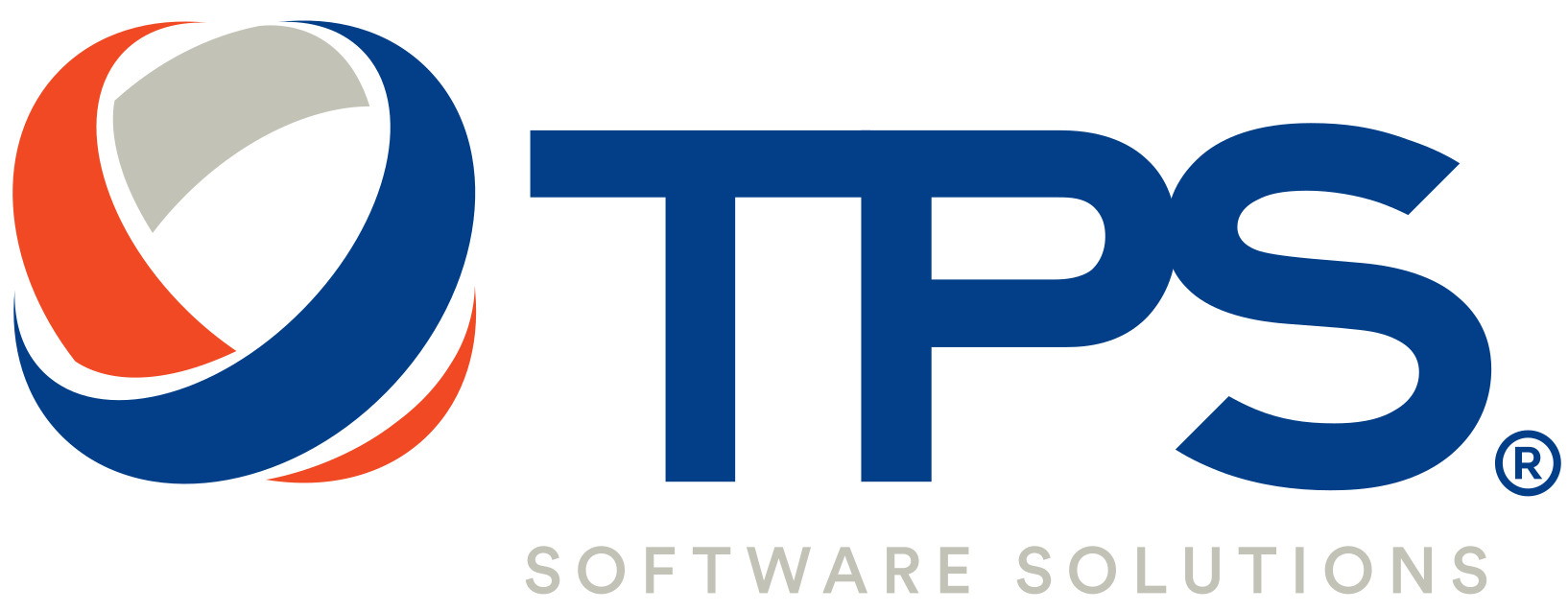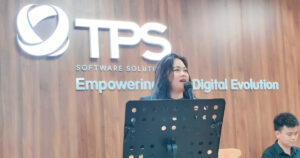What is framework for web development ?
When it comes to building online applications, a web development framework is a set of tools, plugins, libraries, and best practices that developers may use to get the job done more quickly.
Front-end and back-end web frameworks are essential for every contemporary online program. Front-end frameworks are used to construct a web solution’s user-facing components. Developers utilize the tools provided by these frameworks to rapidly create common UI components like charts, tables, menus, and so on.
Back-end web frameworks, as the name indicates, focus on the server-side (or back-end) of a website’s development. This may contain the client-business side’s logic, databases, API integrations, and other behind-the-scenes building components.
Utilizing pre-existing UI or CSS frameworks is usually a good idea. They let your web app function across a variety of browsers and devices thanks to pre-made themes and layouts. As a result, a CSS framework is an excellent, legitimate shortcut to take if you want clients to utilize your online solution across computers, tablets, and smartphones.
List of 10 Best Frameworks for Developing Website
When it comes to web frameworks, you have literally hundreds of options. Most popular web frameworks, if not all, are available for free online. Therefore, you may choose any of them based on your project specifications and whether or not you’re building a minimum viable product.
So, let’s briefly go through the most well-known web frameworks, including those for the front end, the back end, and CSS.
1. Front-end
. React.JS
Some may dismiss React as “simply a JavaScript library,” but the reality is that it is one of the most widely used frameworks for building websites. Many developers consider it the top framework for creating websites and web apps.
After realizing that users shouldn’t have to constantly refresh the page to see new material in their social feeds, Facebook developed React to meet this demand. Instead, it automatically gets fresh material from the stream as it becomes accessible.
According to statistics, about 9,000 prominent organizations, including Airbnb, Uber, and Netflix, are using React.js. Some advantages of React.JS you should know
. Angular
Another well-established front-end web development framework is Angular (not to be confused with Angular.js, its forerunner). As a result of Google’s widespread use of Angular in the development of its own products—including Gmail and Hangouts—the framework quickly rose to prominence.
The framework’s popularity among developers suggests that Angular capabilities like dependency injection are particularly well suited to the creation of sophisticated business applications. There are even others who claim Angular is the supreme web framework for corporate software.
. Vue.JS
Vue is utilized independently of the model and controller layers in front-end development. Vue may be used for fast prototyping, or developers can choose to bundle it with other frameworks to create their own front-end stack.
When used with a backend-as-a-service solution like Firebase, Vue shines.
. Ember.Js
When it comes to developing online apps, the most seasoned programmers know that Ember is the greatest current framework available. Programmers can go right into making changes to a project since the framework has all the necessary settings already set up for them.
Apple and Netflix, among other industry heavyweights, have publicly stated their support for the technology.
. Svelte
Svelte is a simple web application development framework that has quickly become popular among JS programmers despite its short history. When compared to other JS frameworks, it ranks first (read: is on fire) in the State of JavaScript 2020 poll.
Compilation into vanilla JS, as opposed to virtual DOM, is key to the Svelte ideology.

2. Back-end
. Laravel
In the startup world, Laravel is promoted as the go-to framework for lightweight online applications. The PHP programming language, which is easy to learn, forms the basis of the framework. That’s why it’s simple to expand or replace your crew with qualified engineers.
. Django
Django is a rapid-development web framework written in the Python programming language. The software includes all the components needed to build a cutting-edge online application, such as cache, ORM, security, middleware, etc.
As the usage of Python is a must for Django, it is often used for projects that deal with machine learning.
. Flask
Website building is made easier using Flask, a lightweight framework. Flask, like Django, is primarily a Python framework. It’s a tiny web framework that relies on pluggable modules rather than pre-installed tools.
As a result, developers are more at liberty to choose the library they feel is most suited to the task at hand.
. Ruby on Rails
It may feel like Ruby on Rails has been around for as long as the Internet itself. So many other frameworks, including Laravel and Django, owe a debt to this one.
The convention over configuration methodology is standard fare for any mature framework, and Ruby on Rails is no exception.
. Express.JS
As a framework for developing websites that function as single-page apps, Express.js is quite popular. It is a Node.js-based framework that provides the engine for many modern online applications using React.js or a similar JS front-end web framework.
Express.js is the standard for developing server-side rendered web programs, despite its lack of pre-built components.
. Spring
It offers a complete programming and configuration architecture for contemporary Java-based corporate applications deployed on any platform.
A significant component of Spring is application-level infrastructure support: Spring focuses on the “plumbing” of corporate applications so that teams may concentrate on application-level business logic without being tied to particular deployment settings.
. NET
Microsoft’s flagship product,.NET, is a programming framework that allows users to do anything from create basic console applications to construct end-to-end highly scalable web, desktop, mobile apps, IoT solutions, and more.

3. UI / CSS Framework
. Bootstrap
Bootstrap, first launched by Twitter in 2011, is the most widely used CSS framework. The HTML, JavaScript, and SASS-based framework facilitates the creation of mobile-first, responsive web solutions by front-end developers.
. Bulma
Another well-liked UI framework that relies just on CSS and not on JS is Bulma. Using sass files, variables, and web packs, Bulma enables developers to instantly alter the look of a website.
. Tailwind
One such utility-first CSS framework is called Tailwind. When compared to Bootstrap and similar UI frameworks, it functions on a more fundamental level. Tailwind advocates the use of CSS classes, which may be altered at will by the developer, rather than providing prefabricated components.
. Materialize
Based on Material Design, Materialize is a cutting-edge, mobile-friendly front-end framework. As may be guessed, the technology facilitates the simple styling of a web app so that it renders correctly on smartphones, tablets, and other devices besides desktops.
. Foundation
When it comes to user interface frameworks, ZURB’s Foundation is far and away the best option. It has a sass compiler, a command line interface, and a plethora of additional features that make web creation more efficient.
Read more articles













